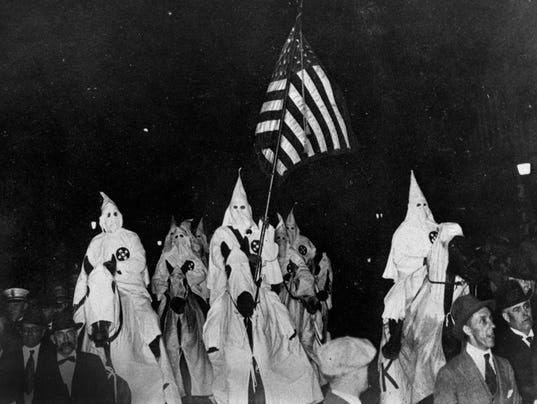Members of the Shinwari tribe in the Nangarhar province of Eastern Afghanistan — many of whom are now displaced — opened their homes earlier this year to people they thought were in need.
“At first they came as friends. They had their families and their belongings, and women with them,” said Malik Niyaz, a tribal elder. “They told us they were our brothers, and requested us to give them shelter.”
In local tribal tradition, Niyaz and his people welcomed them into their homes as guests. The Shinwaris also remembered how some of them had been given refuge on the other side of the mountain a couple of decades ago during the war with Russia, and were eager to return the favor.
The foreigners said they belonged to the Orakzai tribe from Tirah Valley and were displaced due to a military operation launched by neighboring Pakistan to clear out militants in the tribal areas of North Waziristan. Many spoke in the Orakzai dialect, according to locals who interacted with them.
Things turn sour
Within a few months, as the number of displaced families increased, the guests started openly displaying weapons and interfering in the affairs of their hosts.
Niyaz said they started instructing the locals to marry off their young sisters and daughters, and told local women to cover their faces, stay inside the house, or to wear a burqa — a long robe that covers the whole body, including the face and head — in public.
Then one day, they pulled out black flags resembling ones Islamic State (IS) militants use in Iraq and Syria, and declared themselves to be "Islamic State in Khorasan" — a name IS uses for a geographical region that includes Afghanistan.
“They told people to take an oath of allegiance to them. They said they would pay $500-$600 per month as salary,” Niyaz said.
Haji Ghalib, the district governor of Achin, told VOA that captured IS fighters claimed they received anywhere between 30,000 to 100,000 Afghani (approximately $500-$1,700) as salaries and sometimes expenses for the fighters.
He also described some of the weapons captured during clashes with IS militants that included ZQ1s, 82 rockets, rifles, 75 model weapons, RPGs and BM1s.
Dissenters targeted
Locals who did not join them were told to leave the area. Anyone who opposed them was brutally killed.
A propaganda video uploaded on social media by IS Khorasan showed men who had their faces covered with black cloths forcing blindfolded people, including old men, to sit on the ground on top of holes filled with explosives. The video goes on to show the explosion and the aftermath, including ripped up body parts.
Local officials say hundreds of people, mostly tribal elders and members of the Afghan security forces, but also random civilians, have been beheaded by the group. The violence seemed to be aimed at intimidation. The propaganda video included an audio warning in Arabic that was repeated on screen in Urdu language script warning people that if they opposed the group, this would be the result.
Stories of IS brutality started circulating in the area, sometimes taking on mythical character. Hundreds of Shinwari families consisting of thousands of people, fled the area, leaving all of their belongings behind.
Since then, IS has expanded its influence to the surrounding districts and has started to clash with Taliban who previously controlled the areas.
Moves toward Pakistan
Over the last couple of months, local shepherds, according to tribal elder Niyaz and others, have seen the group bring dozens of horses daily, loaded with weapons, from the Pakistani side of the border.
Zabihhullah Zmaray, a member of the Nangarhar Provincial Council, says foreign fighters, including Arabs and Chechens, also are part of the group.
Afghan security forces have carried out some operations against them and have managed to successfully clear out parts of some districts, but have so far not been able to uproot the group. Large areas of Achin district, particularly the Mamand and Pekha valleys, are still under IS control. The group has managed to use the areas as safe havens to plan and launch attacks elsewhere in the province.
The government has promised a full-scale operation against the violent group, but increased Taliban activities elsewhere in the country have so far kept it pre-occupied.














